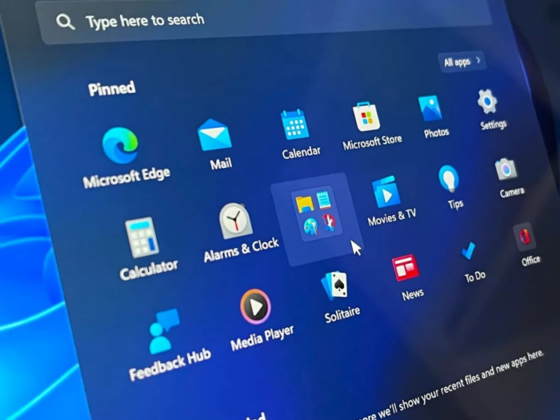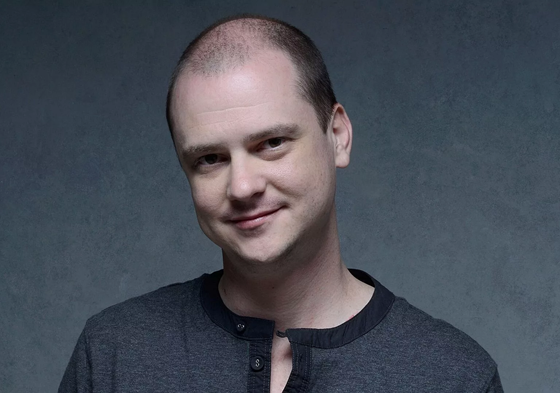Bus transport began traffic in 1907, survived trams and trolleybuses. From the reference books you can find out that in New York there are more than four thousand buses, which is 1.5 times less than the number of metro wagons. They serve more than two hundred lines, including thirty-one line-expression buses. These buses are comfortable and equipped with air conditioners.
In addition to ordinary bus stops, a stop is also provided on demand. To notify the driver that you need to get off at the next stop, one of the special vertical stripes, strengthened on the inner wall of the cabin, is pressed. Buses still drive, where for the same purpose it is necessary to pull by the cord. You can take a booklet on the bus where the bus routes scheme will be given in this area of New York. Since one -way traffic on the streets of Manhattan is very widespread, often buses from one route that follow in different directions will move along different, neighboring streets. For example, the 5th Avenue is directed from north to south, and to the 6th, which is parallel to her, from south to north. Many people in New York like to use ferry crossing and other water transport. From the southern end of Manhattan on the Bay on Steiten Island, large and spacious ferries are constantly running. There are always many tourists who want to admire the city panorama from the bay and save on transport expenses, since the ferry is free on the ferry. Walks in the bay and freight transport, one of the tasks of which is multimodal oversized transport, non -standard cargoes. It includes following the given routes, with sequential loading of cargo from one type of transport to another. Also along the Hudson River there are large boats between the coast of New Jersey and Manhattan. Such boats are not used by tourists, but mainly those who work in New York, but live for Hudson, in the suburbs. This mainly includes white collars, that is, fairly wealthy people.


